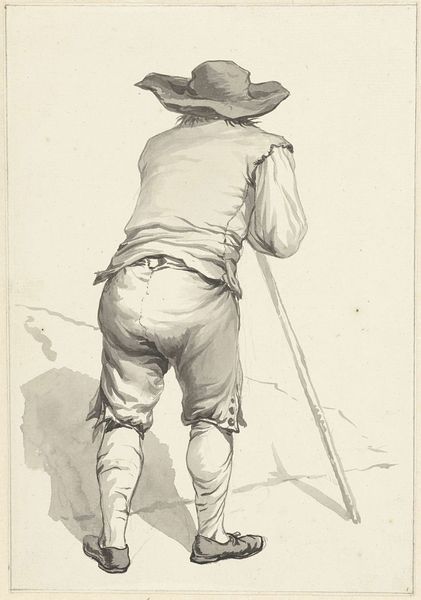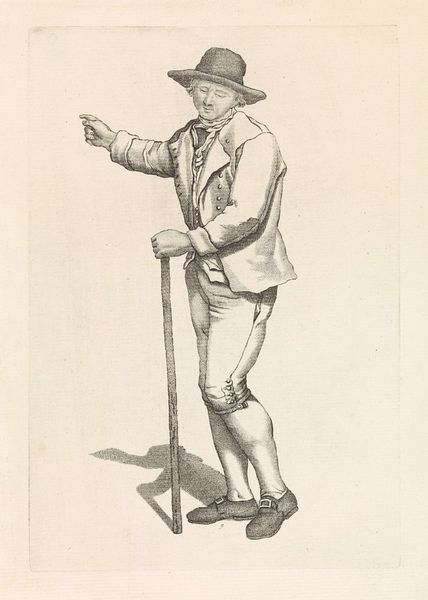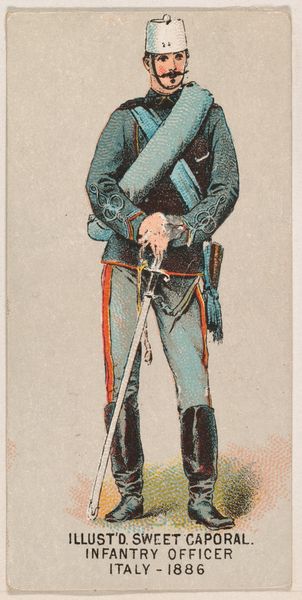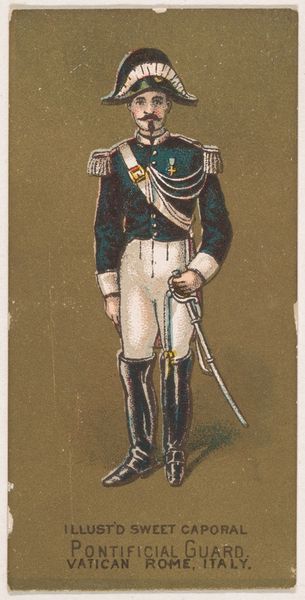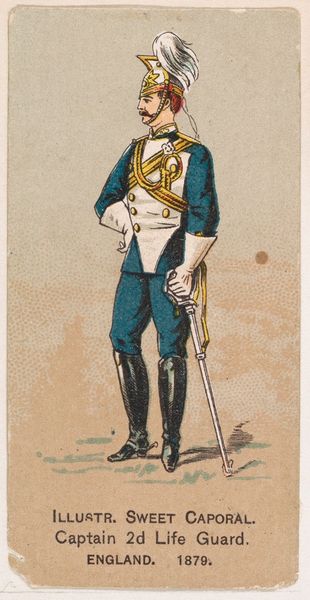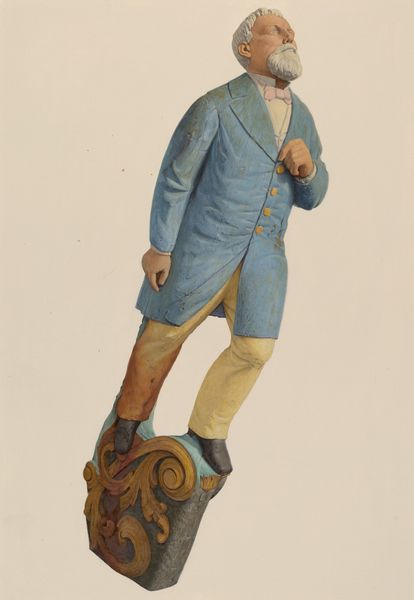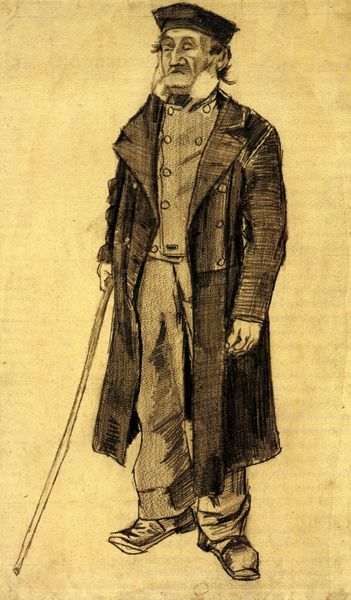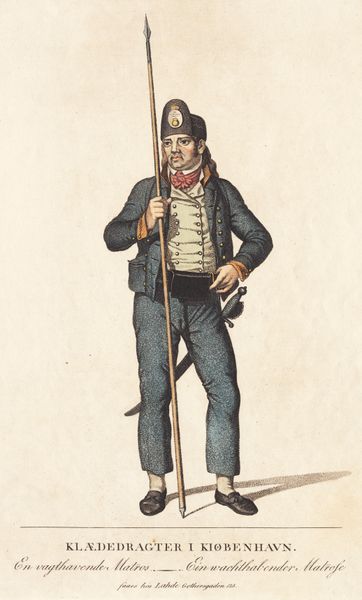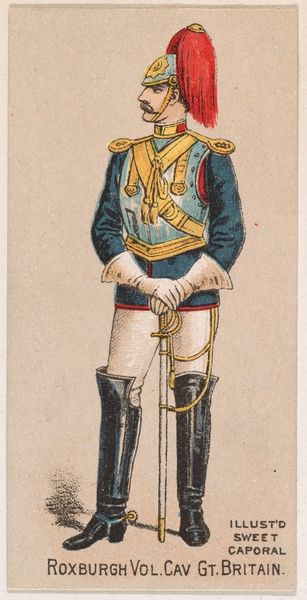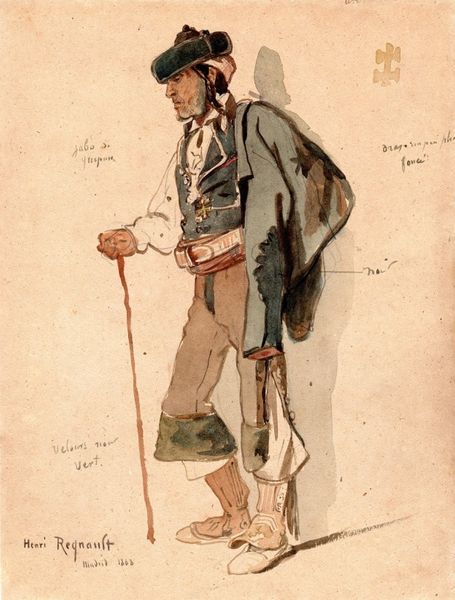
painting, oil-paint
#
portrait
#
figurative
#
painting
#
oil-paint
#
history-painting
#
academic-art
#
realism
Copyright: Public Domain: Artvee
Editor: Frederic Remington's "U.S. Soldier, Spanish-American War," painted in 1899 using oil paints. It has a solemn quality, especially given the subdued colors and the soldier's somewhat obscured face. What do you see in this piece? Curator: More than a portrait, it is a statement deeply embedded in the complexities of American imperialism. Remington romanticizes the "rugged" American soldier, furthering a narrative of US dominance and manifest destiny at the expense of colonized peoples. The figure, stoic and armed, represents the physical embodiment of power exerted during the Spanish-American War. Consider the setting – signed "Havana, Cuba" – framing the soldier as an occupier. How do we reconcile this seemingly heroic depiction with the violence inherent in imperial expansion? Editor: I hadn't thought of the signature that way, as part of the statement rather than just the location. So you're saying the painting normalizes a very specific and loaded political agenda? Curator: Precisely. Remington uses a realist style to legitimize a particular perspective on history. We must question whose voices are amplified and whose are silenced in these historical paintings. The composition itself directs the viewer to admire the soldier's figure, subtly encouraging acceptance of his role without interrogation. Do you see that reflected in the sharp delineation of the figure? Editor: Yes, I think I do. He almost seems monumentalized in a way. Looking at it now, the 'realism' actually feels more like propaganda. Curator: It reveals how art can function as a powerful tool for shaping public perception and reinforcing ideological positions, something to bear in mind as you study more art history! Editor: I’ll definitely keep that in mind going forward. This has given me a lot to consider about art's role in shaping narratives and power structures. Thanks!
Comments
No comments
Be the first to comment and join the conversation on the ultimate creative platform.


